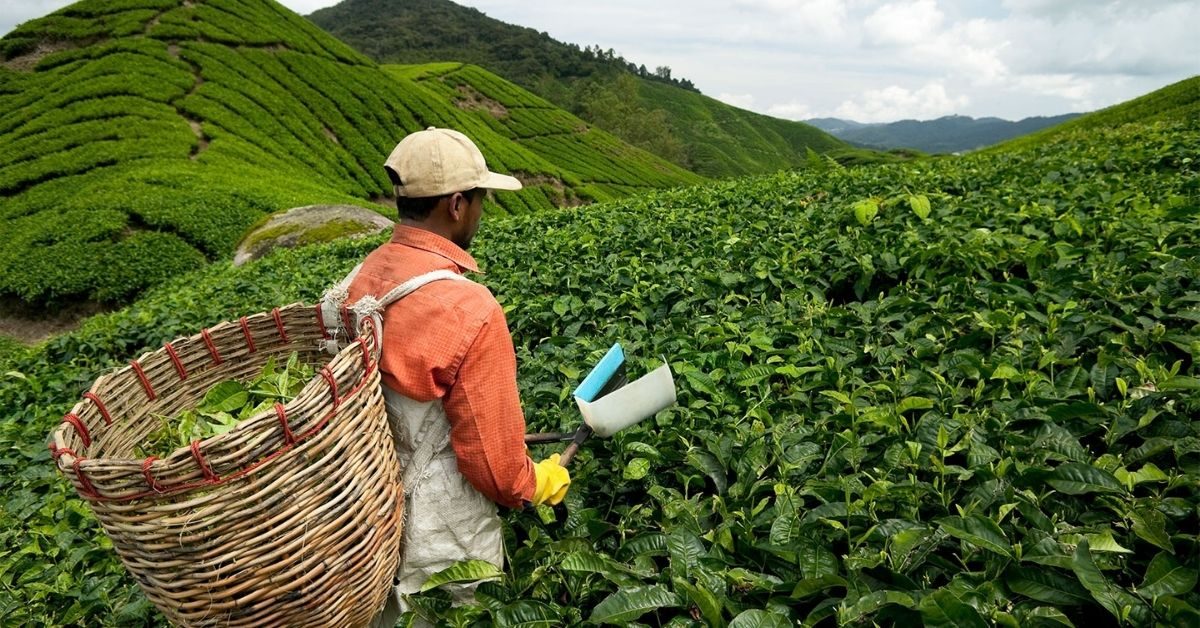Beating Covid blues, India’s agriculture and allied products exports grew 17 per cent to $41.25 billion in 2020-21, its best performance in six or seven years. This was notwithstanding lockdowns, rising freight rates and disruption in shipping schedules. There are three notable features to this development: the rising demand for Indian rice owing to a drought in the rice growing regions of East Asia and its competitive price; buoyant commodity prices; and a boost to organic food exports, even if on a low base. India’s agri exports are dominated by marine products (over 15 per cent), rice (basmati and non-basmati, 10 per cent each), spices (10 per cent), buffalo meat (about 8 per cent), sugar (over 5 per cent) and tea (about 5 per cent). Marine product exports fell 10.8 per cent in dollar terms to $5.9 billion in 2020-21, as major buyers developed fears over Covid virus contamination. India had to go to some lengths to assure major buyers such as Vietnam that its buffalo meat was safe. If the shadow of Covid persists, the non-tariff curbs over farm exports may increase in a protectionist world. In May, Brazil announced SPS (sanitary and phytosanitary) curbs on polished rice grains, while the EU revised residue limits on chemicals and pesticides used in wheat, maize, rice and soyabeans.
In this context, India’s organic potential should not be taken lightly, given that the health consciousness arising out of the pandemic is here to stay. While organic food exports, at $1.04 billion, accounts for 2.5 per cent of the total agri exports, its 50.9 per cent rise over the previous year suggests that there is promise. In this category, products such as oil meal, oilseeds, cereals, millets, spices, tea coffee and medicinal plants did well. Organically certified moringa leaf powder, ethnic village rice from Kumbakonam, flavoured jaggery, red rice and millets from the Himalayas found overseas takers. According to APEDA, soyameal (46 per cent), oilseeeds (13.25 per cent), tea and coffee (9.6 per cent), cereals and millets (8.2 per cent) and spices (5.2 per cent) account for the bulk of India’s organic food exports. Organic exports can lead the shift away from water-intensive rice and sugar as major agri export items. While the Agri Export Policy announced in December 2018 seeks to promote organic exports, several ecosystem issues need to be resolved, with respect to creating distinct processing, storage, drying and marketing facilities. The growing demand, domestic and global, for organic produce is not matched by certification capacity. A handholding agency that creates market linkages, like the commodity boards but less bureaucratic in approach, should be explored.
India’s rice and sugar exports have become contentious for the allegedly market-distorting minimum support price system. Although the WTO’s Agreement on Agriculture provides India the space to support its farmers on livelihood grounds, the country is running into trouble here. A change of strategy is called for.
Source : The Hindu Businessline







